Author: Qualified mechanic John Cunningham. Published: 2021/05/16 at 4:23 pm.
Who hasn’t suffered from a flat battery? We’ve all been there. Slow crank or the sound of silence. A flat is a right pain in the Jacksie, and it’s usually below freezing when it decides to give up.
The best car battery for home use is the Topdon BT100. It’s easy to use, inexpensive, durable and covers a wide range of batteries, including:
- Car batteries
- Mower batteries
- Motorcycle and ATV batteries
- Motor home
- Generator batteries
In this post, you’ll learn why the Topdon BT100 is a great choice for home use. You’ll also learn how to use it and I’ll also share some battery care top tips.
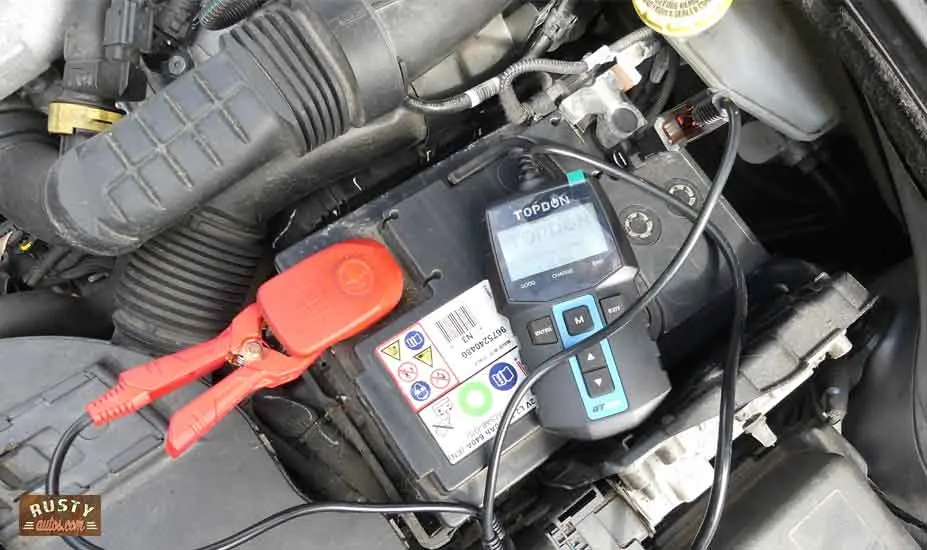
What Makes A Great Battery Tester
A great battery tester should be easy to use. The crocodile clips should be clearly marked red and black; the clips should be insulated and attached to the battery posts securely.
The readout should prompt the user to choose the battery type and size, and inputting that information should be easy.
The tester should run a test quickly, give the operator a clear indication of battery health, and offer directions such as charging the battery or replacing the battery.
Why Topdon Battery Tester Is A Great Choice
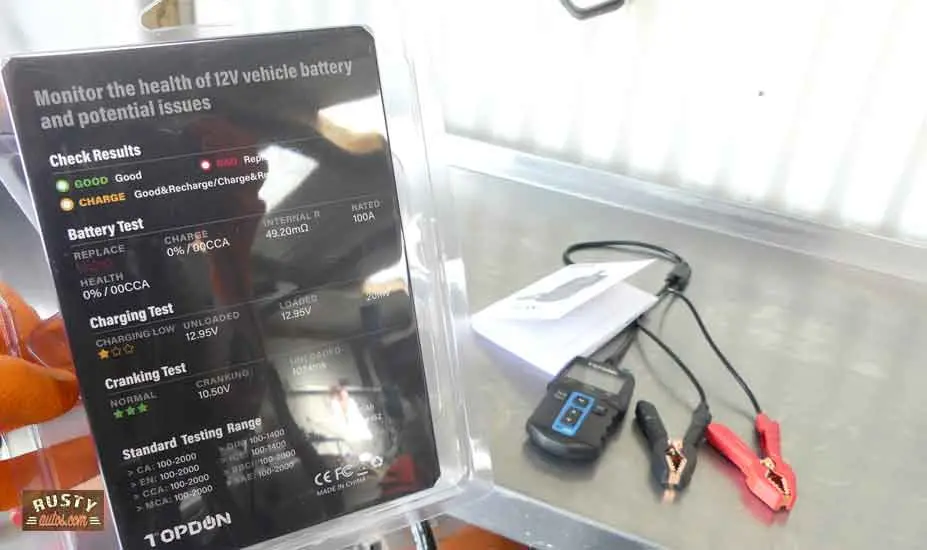
I’m a mechanic, I’ve been using battery testers for years and this little guy is impressive. Its size belies its abilities. The Topdon is capable of running cranking and alternator tests in addition to voltage testing the battery.
It’s easy to; it has five buttons and the main menu. The most complex part of the whole process is deciding on what type of battery you’re testing. More on that later.
It’s the correct tool for professional or home use; it may be used on all types of kit: Cars, Trucks, Commercial vehicles, Riding mowers, Motorcycles, ATVs, Generators, RVs, Boats, etc.
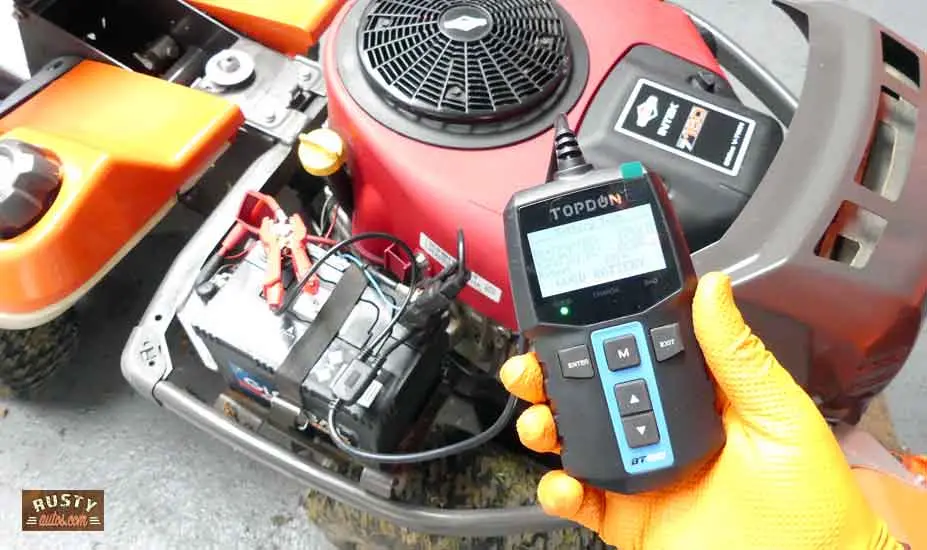
How To Use A Battery Tester
When checking a battery and a charging system, three tests are common. The Battery Test, the Cranking test, and the Charging system test. The Topdon is capable of performing all three.
But first, we’ll need to access the battery, most are fitted under the hood but yours could be fitted in the trunk. A battery cover is common and will need to be removed to access battery terminals and also to check the battery information label.
Not all batteries are the same, and here’s where some users can get unstuck. When testing a battery it’s important the test equipment is aware of which type of battery it’s testing.
The most common type batteries are:
- Flooded
- AGM flat plate
- AGM spiral
- GEL
- EFB
Before testing a battery, Topdon will prompt the user to input two pieces of information. It’s important to get this right. Otherwise, test results won’t be accurate.
The first info required is the type of battery being tested.
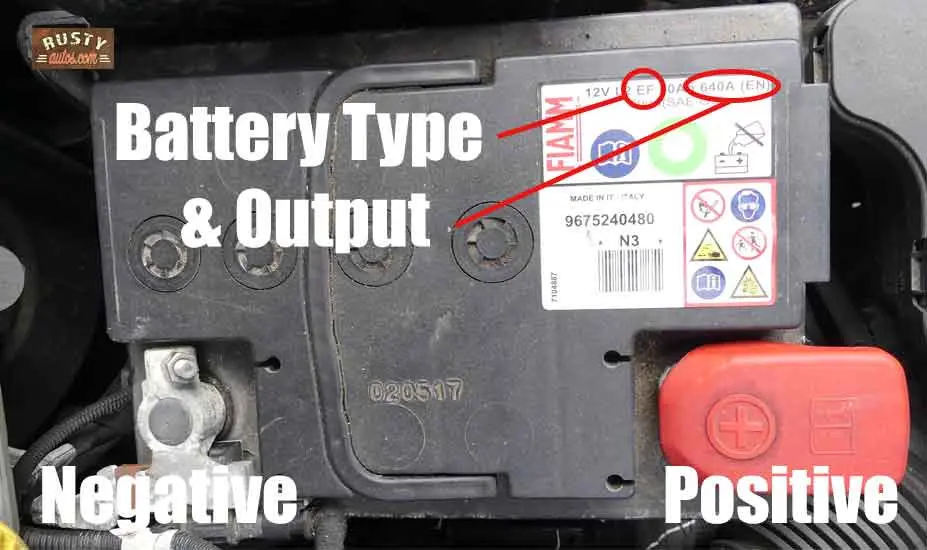
The second piece of info is the battery’s strength or output. This information is available on your battery label. It may list output as CCA, DIN, EN, CA, BCI, MCA, SAE, JIS, GB, IEC.
CCA’s (Cold Cranking Amps) are common. The bigger the CCA number, the more powerful the battery.
CCA is a measure of how a battery performs in low-temperature conditions. It’s calculated by cranking an engine for thirty seconds at zero degrees Fahrenheit and measuring battery output.
Your battery may also list CA (Cranking Amps); it’s not the same measurement. CA is measured in a similar way to CCA’s, except at 32 degrees Fahrenheit.
Both battery type and CCA information are generally available by reading the battery label, if not check the driver’s manual or google your model.
Battery Test
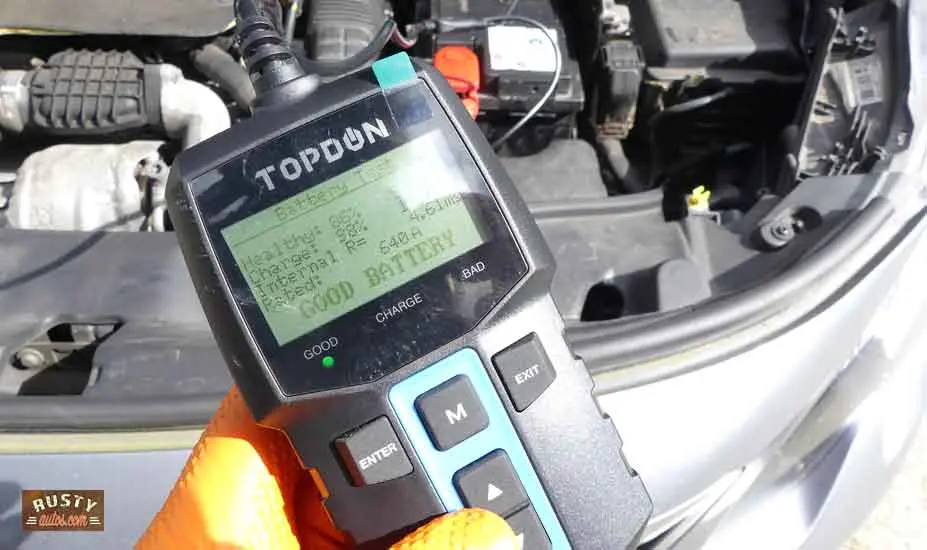
The battery test is the first of the three tests. When running this test, the Topdon checks voltage, CCAs, internal resistance, and state of charge. The results are displayed on the LCD screen but the Topdon also uses the traffic light system of Green for good, Red for bad, and Amber for charging the battery.
To nail this test, begin by attaching the crocodile clips:
- Red to positive and black to negative
- Select “Battery test”
- Select battery type, ie Flooded, AGM etc
- Select measurement CCA, DIN etc.
- Enter number
- Press enter
The Topdon will quickly return with a rating of Good Battery (green light), Replace Battery (Red light), or Charge Battery (Amber light). It will also detail the test results. Percentage state of health, state of charge, internal resistance, and amp rating.
Cranking Test

The cranking test is a load test of the battery. Load testing a battery is important as a battery will often pass a voltage test but fail a load test. Cranking the engine puts a strain on the battery, and measuring its vitals while it is under stress is a true test of a battery.
To Crank test a battery:
- Red to positive and black to negative
- Select “Crank test”
- Select battery type, ie Flooded, AGM etc
- Select measurement CCA, DIN etc.
- Enter number
- Follow on screen prompts to crank engine
The Topdon will quickly return its findings. “Cranking Normal” if all is well.
Charging Test
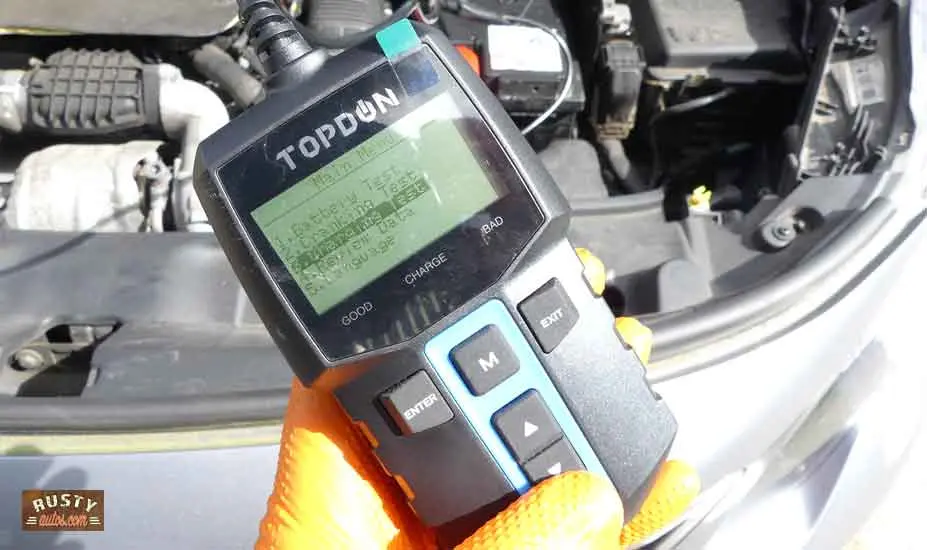
The charging test tests the alternator’s ability to output voltage. The battery tester tests this from the battery’s perspective, and so a poor reading won’t necessarily mean the alternator is at fault. Terminal connectors should always be inspected. Loose and dirty terminals cause lots of poor changing, soft batteries, slow cranks, and a ton of other electrical gremlins.
To run a charging test:
- Red to positive and black to negative
- Select “Charging test”
- Select battery type, ie Flooded, AGM etc
- Select measurement CCA, DIN etc.
- Enter number
- Follow on screen prompts to raise RPM
The Topdon will quickly return its findings “Charging Normal” if all is well. And for those who would like more details, it will also return its readings – loaded voltage, unloaded, and ripple mvs.
Check out the Topdon BT100 here on Amazon, the price will surprise you.
Mechanics Top Battery Care Tips
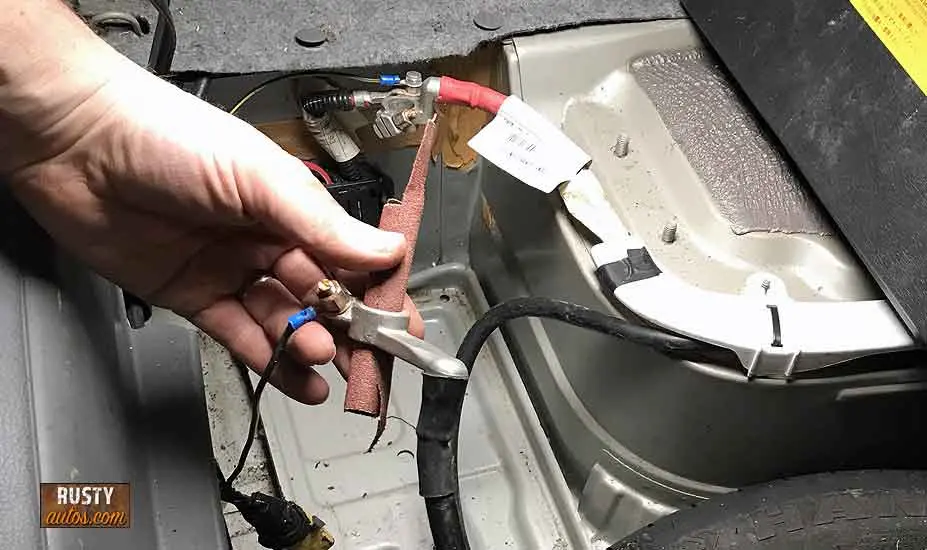
Battery maintenance is not hugely challenging, and most late-model vehicles take pretty good care of their own battery. Modern vehicles employ a battery control module to constantly monitor the battery’s state of charge and health. In addition, unlike older batteries, modern batteries are sealed and don’t require fluid checks or top-ups.
Here’s a list of simple things you can do to help maintain good battery health:
- Park vehicle indoors during low-temperature conditions
- Use a smart battery charger if car remains stationary for more than a month
- Check battery is secure
- Check battery terminals are tight
- Check battery terminals are corrosion-free
- Apply dielectric grease to battery terminals
When changing a car battery be sure to replace it with the correct battery size and type. If your vehicle uses a battery monitor, be sure to code the battery to the vehicle’s control module. If you need more information on fitting a battery, check out this post “How hard to change car battery”.
- About the Author
- Latest Posts
John Cunningham is an Automotive Technician and writer on Rustyautos.com. He’s been a mechanic for over twenty-five years and has worked for GM, Volvo, Volkswagen, Land Rover, and Jaguar dealerships.
John uses his know-how and experience to write fluff-free articles that help fellow gearheads with all aspects of vehicle ownership, including maintenance, repair, and troubleshooting.

